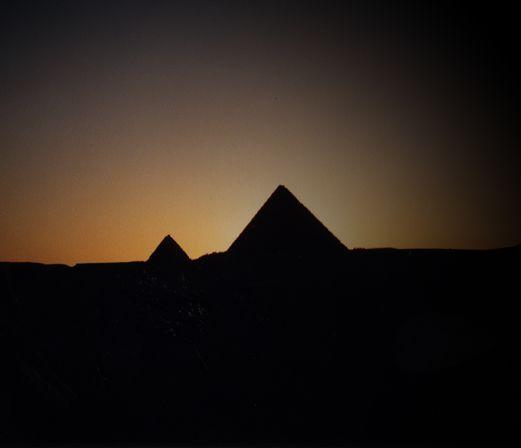Main Map & Geography The Nile Egyptian Life Architecture Gods, Goddesses � & Religion Pharaohs & their Queens Mummification &� the Afterlife Hieroglyphics Egyptian Art The Ancient Gallery Timeline Quiz Fun Facts Guestbook Recommendations |
 |
| The longest flowing river in the world,�the Nile, made life possible as it acted as a saviour in the Egyptians' lives.� Stretching 4,000 miles, this river is a result of the two rivers; the Blue Nile, and the White Nile.� The Nile's role in Egypt was very important, and the Egyptians knew that, without this river, Egypt would be nothing but a wasteland.� The Nile god, Hapi, was endlessly given thanks to from the Egyptians for the many gifts the Nile gave them.� |
The Ancient Egyptians depended on the Nile for the annual flooding that over flew it's banks, and the farmer's fields.� By this, silt deposited by the River made crops healthy, and perfectly ripe.� Unfortunately, the Nile was usually unpredictable.� If low floods resulted, famine may have followed, and if high |
| floods occurred, it could have damaged the fields and nearby communities.� But the Nile was not only a simple fertilizer, it was also a home for the many animals that surrounded it.� Many different types of fish and birds were most commonly found in, and along the Nile.� Crocodiles, and hippos were also well-known around the river, and were also very dangerous to the Egyptians.� Another very important reason why the Egyptians depended on the Nile was because of the never ending supplement of food (including fish, and birds) and fresh water for bathing and drinks. Because of the kindness, and generosity the Nile gave Egypt and its people, they knew that this river would forever live.��������� |